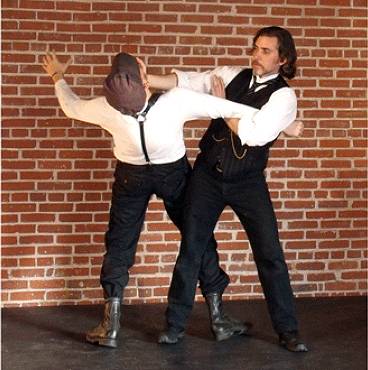What do Sherlock Holmes, Steampunk, martial arts, and physical culture have in common? That would be Bartitsu, the eclectic system of martial arts and self-defense originally developed and practiced in England in the years 1898-1902.
What do Sherlock Holmes, Steampunk, martial arts, and physical culture have in common? That would be Bartitsu, the eclectic system of martial arts and self-defense originally developed and practiced in England in the years 1898-1902.
Though Bartitsu flowered only for a brief time in Victorian and Edwardian England, it is currently undergoing a revival.
From its historical mixed martial arts origins, systemization of defense across multiple attack ranges, and emphasis on recreational training, motivated by academic interest, it is easy to see why Bartitsu has been used in the recent Sherlock Holmes films, has become the authentic martial art for genre writers of Steampunk novels, and is increasingly being practiced by students of martial arts, fitness, and history.
ORIGINS
British engineer Edward William Barton-Wright, who had previously studied Western martial arts such as boxing, wrestling, fencing, and savate, lived in Japan for several years. While there he studied at multiple martial arts schools and was introduced to multiple styles of jujitsu.
When he came back to England, he announced in 1898 the new martial art of Bartitsu, a portmanteau of his last name and “jujitsu,” publishing multiple articles describing his new art. He then established the Bartitsu Academy of Arms in London, a model gentleman’s club and the first known commercial school in the West to teach Asian martial arts.
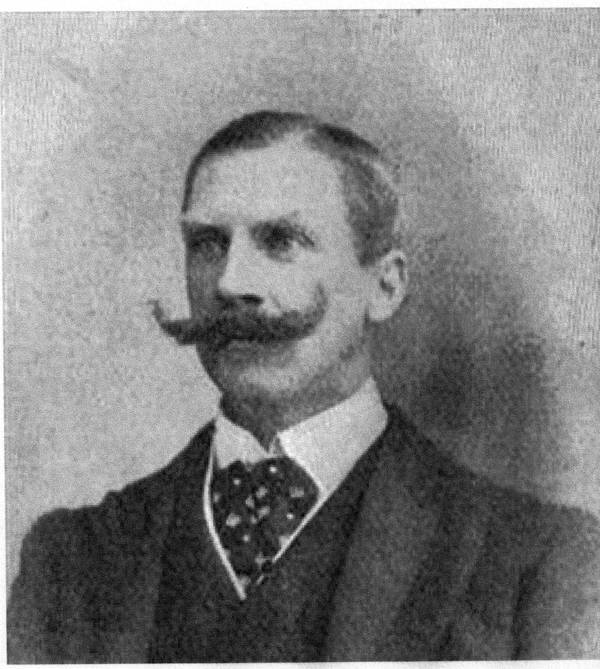
In order to teach the various components of Bartitsu, Barton-Wright invited top self-defense experts from around the world to the Bartitsu Club. Pierre Vigny taught savate and fighting with a walking stick. Yukio Tani and Sadakazu Uyenishi taught jujitsu.
Armand Cherpillod taught physical culture classes as well as traditional Swiss wrestling. Captain Alfred Hutton’s classes, which Barton-Wright does not seem to have considered to be part of Bartitsu per se, included fencing and Renaissance-era swordsmanship.
Well ahead of today’s MMA competitions, Barton-Wright and his instructors promoted Bartitsu through a series of public exhibitions and challenge matches against all comers.
The Bartitsu Club also admitted female students, and Bartitsu’s stick fighting and jujitsu were promoted for women’s self-defense. In particular, Edith Garrud learned Bartitsu techniques and later taught classes for the Suffragettes, including the Suffragette Bodyguard team.
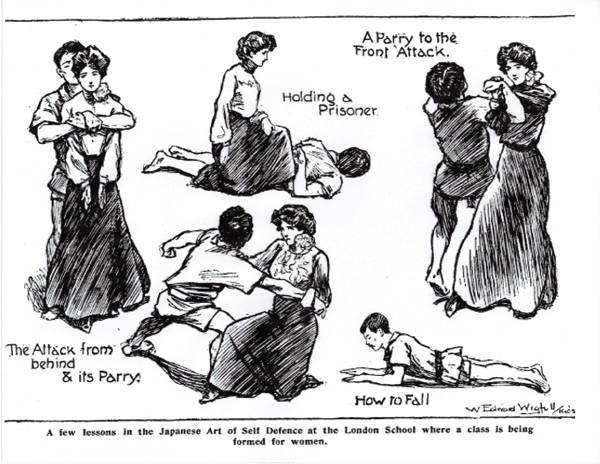
Unfortunately, in 1902 Barton-Wright closed the Bartitsu Club, probably due to declining enrollments from high tuition fees. In the following years Barton-Wright pursued interests in electrotherapy, and Bartitsu largely faded from public interest. Barton-Wright died in 1951.
MARTIAL COMPONENTS
Victorian and Edwardian England was a particularly difficult time for urban dwellers, in particular due to large numbers of gangsters and street ruffians. Barton-Wright designed Bartitsu with urban self-defense in mind, so that men and women could live and travel, at home and abroad, without fear of attack:
Under Bartitsu is included boxing, or the use of the fist as a hitting medium, the use of the feet both in an offensive and defensive sense, the use of the walking stick as a means of self-defense. Judo and jujitsu, which are secret styles of Japanese wrestling, I would call close play as applied to self-defense.
In order to ensure, as far as it is possible, immunity against injury in cowardly attacks or quarrels, one must understand boxing in order to thoroughly appreciate the danger and rapidity of a well-directed blow, and the particular parts of the body which are scientifically attacked. The same, of course, applies to the use of the foot or the stick.
Judo and jujitsu were not designed as primary means of attack and defense against a boxer or a man who kicks you, but are only to be used after coming to close quarters, and in order to get to close quarters it is absolutely necessary to understand boxing and the use of the foot. – E.W. Barton-Wright, lecture for the Japan Society of London, 1902
Bartitsu is often called the first mixed martial art, as it was the first martial arts system to combine Western and Eastern martial arts. In particular, Bartitsu synthesized elements of jujitsu, boxing, savate, and Vigny stick-fighting.
The Bartitsu Canon refers to the collection of known self-defense techniques, kata, and drills that were presented as Bartitsu by Barton-Wright between 1899-1902.
It is not known all of the techniques that were taught by Barton-Wright, but there is the corpus of published articles on Bartitsu. This corpus includes two Barton-Wright essays in Pearson’s Magazine in 1899, an interview of Barton-Wright in Health and Strength Magazine in 1901, the illustrated essay “The Bartitsu Method of Self Defence” by Captain F.C. Laing of the 12th Bengal Infantry, Barton-Wright’s two-part series “Self Defence with a Walking Stick” in Pearson’s Magazine in 1901, and several other Barton-Wright interviews and other sources.
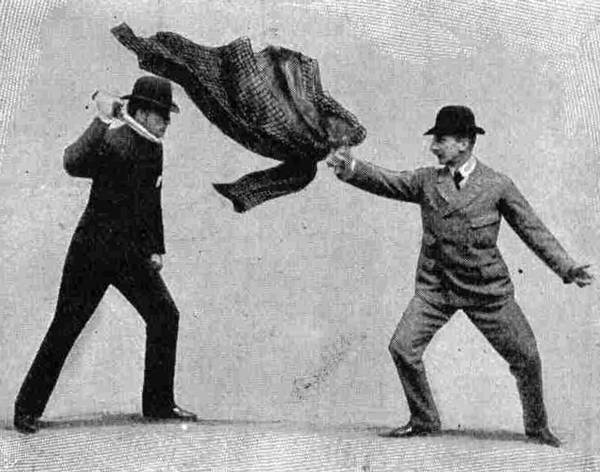
Bartitsu self-defense techniques are often described in a gentlemanly manner, such as “A Good Way of Conducting a Person out of the Room,” which describes a method of applying an armbar against a party-goer who needs to be escorted peaceably from the room.
Another is “How to Defend Yourself, without Running any Risk of being Hurt, if you are carrying only a Small Switch in your Hand, and are Threatened by a Man with a very Strong Stick,” which describes a stick-fighting strategy to use if you, with only a light stick or umbrella, are attacked by someone with a stout stick. There are even techniques showing you how to use your overcoat effectively in self-defense situations.
In fact, Bartitsu comprises a system of techniques spanning four martial arts and four fighting ranges. The range of The Stick is covered by Vigny’s stick fighting methods, the ranges of The Foot and The Fist are covered by boxing and savate, and the Close-Combat range is covered by jujitsu.
Neo-Bartitsu refers to techniques that fit within the canonical Bartitsu martial arts framework beyond what Barton-Wright originally taught, to allow Bartitsu to evolve and grow into the modern day.
Much research, experimentation, and development have been conducted around extending Barton-Wright’s vision for Bartitsu, and so Neo-Bartitsu is what Bartitsu might have been had Barton-Wright not closed shop in 1902.
Bartitsu, via Neo-Bartitsu, has developed in part by studying the canonical Bartitsu source materials as well materials from the Bartitsu instructors and their martial descendants, such as Percy Longhurst, William Garrud, George Dubois, and Jean Joseph-Renaud.
This collective wisdom has guided the growth and development of Neo-Bartitsu and has fueled Bartitsu’s revival. In this sense Bartitsu is an open-source martial art, though one that strives to keep the style and sensibilities of the early 20th century.
REVIVAL
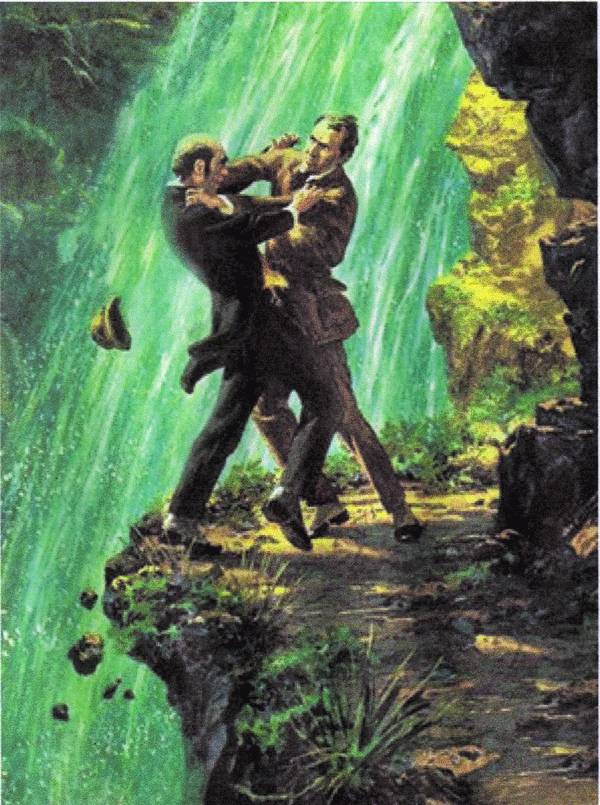
Bartitsu might have faded from memory forever if the art had not been immortalized in Sir Arthur Conan Doyle’s Sherlock Holmes story “The Adventure of the Empty House.”
There, Holmes recounts his use of the martial art “baritsu” to defeat Professor Moriarty on a ledge above the Reichenbach Falls. For a long time Holmes enthusiasts wondered about this secret martial art of Sherlock Holmes.
The martial arts historian Richard Bowen uncovered Barton-Wright’s Pearson’s Magazine articles and they were republished in 2001 in the Electronic Journals of Martial Arts and Sciences.
The following year an international association of historians, writers, and martial arts practitioners formed the Bartitsu Society to research the art historically and to revive the art practically. These efforts allowed modern scholars to conclude that Bartitsu is indeed the secret martial art of Sherlock Holmes.
Today, Bartitsu is enjoying growing interest. The 2009 movie Sherlock Holmes and the 2011 sequel Sherlock Holmes: Game of Shadows saw Robert Downey Jr. incorporate Bartitsu techniques, along with Wing Chun (which bares a close technical similarity to 19th century English boxing), as the basis for Sherlock Holmes’s martial art. See especially the “Punch Bowl” bare-knuckle boxing fight scene in Sherlock Holmes.
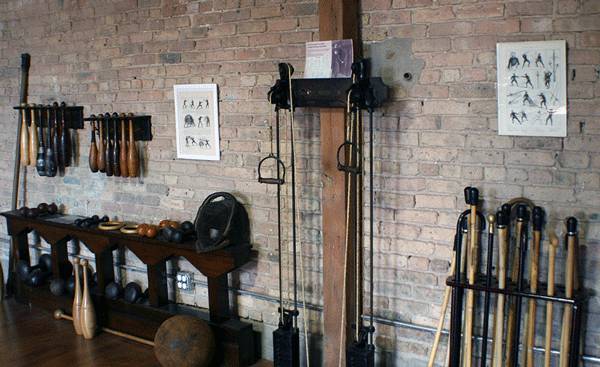
Tony Wolf, one of the co-founders of the Bartitsu Society, has, among other instructors, taught Bartitsu seminars at martial arts conferences around the world. In fact, the second international Bartitsu symposium, The Bartitsu School of Arms, was recently held in Chicago at the new Forteza Fitness, Physical Culture, and Martial Arts center.
It should be noted that Forteza was specifically inspired by Barton-Wright’s school, as a place where Bartitsu and historical fencing are taught side by side. Forteza follows a 19th century esthetic, including a “gymuseum” of functional antique exercise equipment.
So whether your interest is in studying the martial arts history of Victorian/Edwardian England, learning a practical method of self-defense, researching an authentic Steampunk or Sherlockian martial art, or just going old-school for your fitness and martial arts training, Bartitsu may be just what you are looking for.
RESOURCES
A number of resources exist for those interested in learning more about Bartitsu:
- The Bartitsu Society provides an active forum and a comprehensive archive of Bartitsu history and revival articles.
- A number of active Bartitsu clubs worldwide are available for personal training.
- The Bartitsu Compendium, Volume 1, compiles the complete history of the art as well as a technical curriculum for Canonical Bartitsu.
- The Bartitsu Compendium, Volume 2, provides excerpts from other self-defense manuals of the time and also details the development of Neo-Bartitsu.
- The documentary The Lost Martial Art of Sherlock Holmes, narrated by Tony Wolf, recounts the history, rediscovery, and revival of Bartitsu.
- There is even information, including a template for a Bartitsu training session, for setting up one’s own Bartitsu club and training curriculum.
REFERENCES:
1. The Bartitsu Compendium, Volume 1, Edited by Tony Wolf, 2005.
2. The Bartitsu Compendium, Volume 2, Edited by Tony Wolf, 2010.
3. Articles from the Bartitsu Society, www.bartitsu.org.
Special thanks go to Tony Wolf and Mark Donnelly for their advice and help in providing images for this article.
Photography credits:
1. Author/fight choreographer Terry Kroenung (in the top hat) at a Steampunk convention in Colorado. Photo courtesy of Terry Kroenung.
2. Edward William Barton-Wright. Photo courtesy of the Bartitsu Society.
3. Women’s self-defense. Photo courtesy of the Bartitsu Society.
4. Bartitsu Instructor – Professor Mark P. Donnelly (right). Photo courtesy of the Bartitsu Society.
5. Using an overcoat for defense. Photo courtesy of the Bartitsu Society.
6. Sherlock Holmes and Professor Moriarty. Photo courtesy of the Bartitsu Society.
7. Gymuseum at the Forteza Fitness, Physical Culture, and Martial Arts center. Photo courtesy of the Bartitsu Club of Chicago: bartitsuclubofchicago.com/

